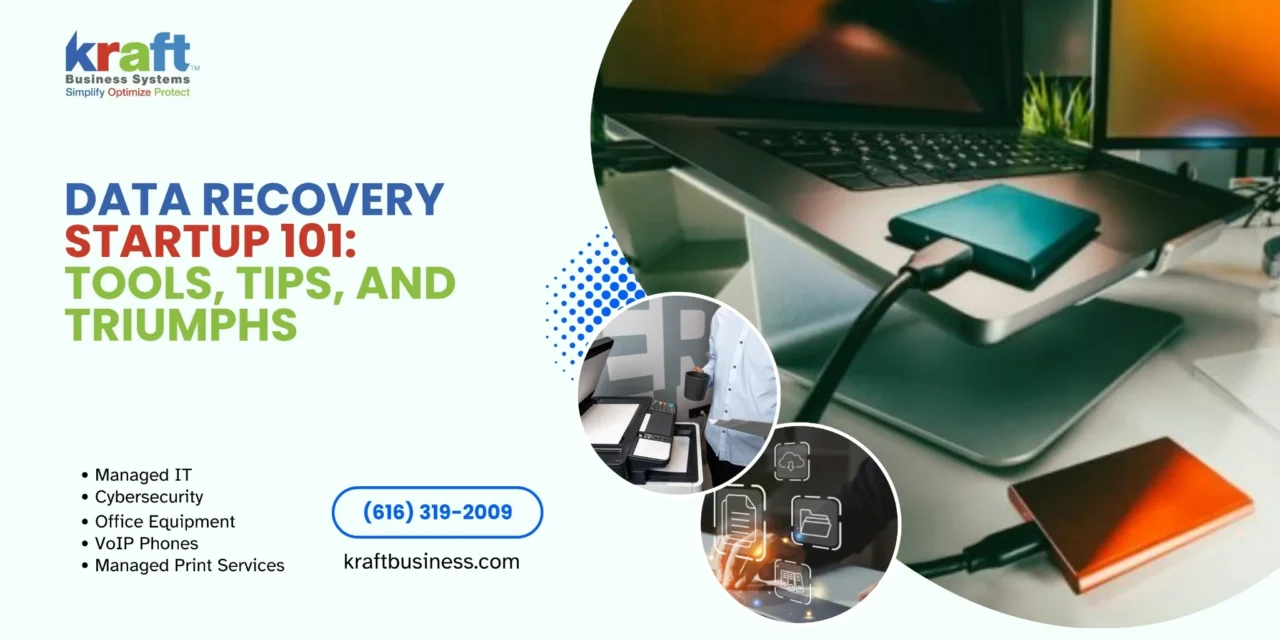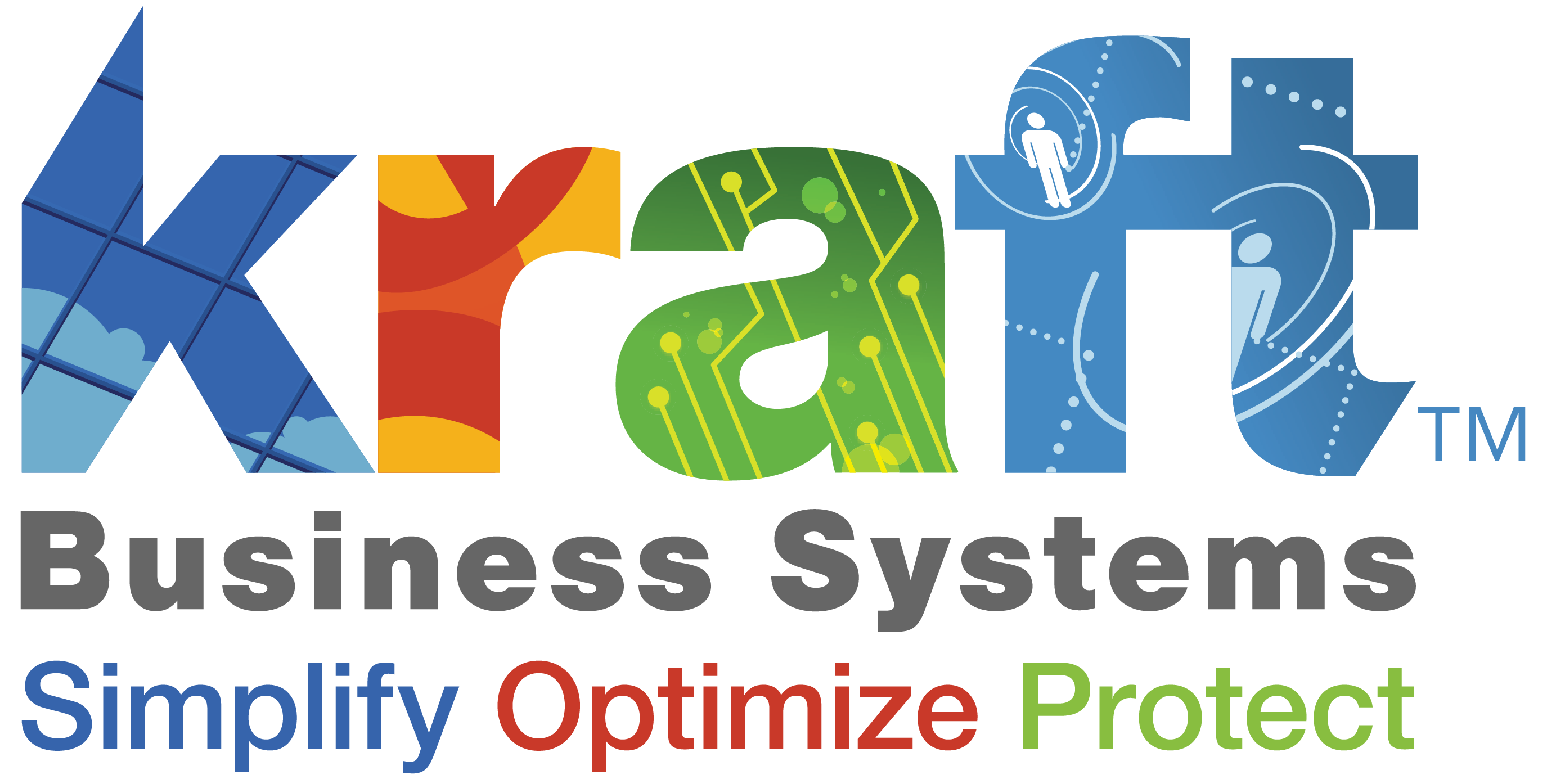How to start a data recovery business begins with understanding that you re stepping into the role of digital first-responder. Families lose photos, companies face downtime, and law firms risk entire cases when storage fails. If you can retrieve that data, you become the hero.
The industry is small but growing currently about $150 million in annual revenue with roughly 10% year-over-year growth. Average independents report around $108 k in yearly sales, and top specialists do far more. What keeps margins high is the technical barrier: firmware repairs, NAND chip reads, and clean-room work aren t things most IT shops handle.
Below is an eight-step roadmap that the rest of this guide explores in detail:
- Master core storage and recovery skills
- Build a lean business plan
- Register, insure, and document for compliance
- Buy only the tools you need now
- Add (or outsource) people as volume grows
- Win business through local SEO and partnerships
- Protect client trust with airtight data handling
- Start with logical cases, scale to physical repairs
The Opportunity in Data Recovery: Why Start Now?
Picture a Detroit photographer who can t open yesterday s wedding shoot or a Lansing retailer whose RAID array collapsed before payroll. Scenarios like these happen thousands of times a day, and someone gets paid to fix each one.
Key numbers:
- $150 million US specialty market
- ~10 % annual growth
- Average provider revenue: $108 k (higher for niche or enterprise work)
Services You Can Offer
Logical recovery (deleted files, formatting, malware) is the easiest entry point no clean room required. Physical recovery (head crashes, SSD controller failures) commands higher fees but needs specialized gear. Add-on services boost margins:
- RAID / NAS rebuilds
- Smartphone and tablet extraction
- Cloud or tape restore consulting
- Business Data Recovery Services
Who Needs You?
- Consumers: family photos, school projects
- SMBs: QuickBooks files, point-of-sale data
- Enterprise: mission-critical servers, compliance requests
- Channel partners: MSPs, PC repair shops, insurance adjusters
Each group values different things price, speed, or documentation so tailor service levels accordingly. Because every location that Kraft Business serves across Michigan uses digital storage, the potential client list is long and geographically convenient.
How to Start a Data Recovery Business: A Step-by-Step Plan
A realistic timeline is six months, broken into four phases that can overlap if you already have experience.
Phase 1 – Skill & Market Research (Weeks 1-8)
- Audit your current storage knowledge
- Enroll in targeted courses (CompTIA A+, vendor webinars)
- Study local competition in Grand Rapids, Detroit, Traverse City, and surrounding areas
Phase 2 – Form the Business (Weeks 9-16)
- Choose structure (LLC is common for liability)
- Draft a lean plan: startup costs, pricing tiers, and break-even
- Secure basic insurance and draft service/NDA templates
Phase 3 – Build Infrastructure (Weeks 16-20)
- Procure initial toolkit (USB-SATA adapters, imaging software, external drives)
- Create standard operating procedures for intake, cloning, and evidence handling
- Set up encrypted storage and backup for client data
Phase 4 – Launch & Iterate (Weeks 21-26)
- Publish a simple, SEO-focused website targeting data recovery Grand Rapids and similar phrases
- List on Google Business Profile and collect early reviews
- Partner with local MSPs and repair shops; offer referral fees
Your first profitable cases will likely be logical recoveries. Reinvest a portion into advanced training or a laminar-flow bench so you can tackle entry-level physical jobs next.
Best Practices for Data Backup and Recovery is a helpful primer you can also share with clients.
Building Your Lab: Essential Tools and Startup Costs
Startup budgets vary widely:
- $1,000-$5,000: logical-only toolkit (USB/SATA bridges, pro software, test workstation)
- $10,000-$50,000: hardware imager, small donor-drive shelf, laminar hood for basic head swaps
- $50,000-$200,000: Class-100 clean room, PC-3000 platform, microscopes, platter swap tools
Ongoing costs include software renewals, donor drives, and calibration. Lease or buy used gear early to conserve cash; upgrade as volume grows.
Assembling Your Team
Start solo if funds are tight, then add:
- Recovery technician: maintains tools and completes tricky jobs
- Customer-service rep: explains status in plain English
- Admin/marketing support (part-time or outsourced)
Cross-train staff so vacations or surge periods don t halt workflows.
IT Disaster Recovery Planning details how the same preparedness mindset protects your own operation.
Launch and Growth: Marketing, Sales, and Customer Trust
Data recovery customers arrive in crisis. Your marketing must be there the moment they search.
- Local SEO: optimize for data recovery + city across all 27+ Michigan locations Kraft serves.
- Google Business Profile: accurate hours, rapid replies, real photos of your lab.
- Content: blog posts on clicking drives, SSD failure signs, and Small Business Data Protection tips.
- Partnerships: create referral agreements with MSPs, PC shops, and photographers. A single good partner can provide steady weekly work.
Building Unbreakable Trust
- Transparent pricing: free or low-cost evals; no-data, no-fee for most jobs.
- Plain-language updates: short texts or emails calm nerves.
- Security first: encrypted storage, locked rooms, chain-of-custody logs.
- Post-recovery help: show clients how to back up so they remember you positively.
Those simple practices turn one-time panicked callers into long-term advocates.
Technology evolves fast. Last year s USB 3.2 external might be this year s USB-C NVMe enclosure. Dedicate 10-15% of work hours to ongoing training, firmware updates, and tooling decisions.
Emotional strain is real some cases will fail despite best effort. Communicate early when odds are slim to avoid surprises.
Profit grows from specialization think RAID for law firms in Ann Arbor or mobile chip-off for Detroit investigators. Niches face less price pressure and build stronger referral networks.
Compliance is non-negotiable HIPAA for healthcare records, GDPR for EU customers, and state privacy laws all require documented processes. Build them into SOPs from day one instead of retrofitting later.
Diversify revenue with backup or IT Risk Assessment Services so you re not waiting for drives to fail.
Frequently Asked Questions about Starting a Data Recovery Business
How much can I earn?
Solo operators often net $70 k-$120 k once established. Adding staff, full clean-room capability, or enterprise contracts can push revenue far higher. Profit depends on volume, pricing discipline, and keeping tool costs in check.
Do I need a clean room right away?
No. You can begin with logical recoveries and outsource physical cases to a partner lab. Invest in a laminar hood or full clean room only when your case volume justifies it.
How do I compete with big national labs?
- Same-day diagnostics for local clients
- Person-to-person communication instead of ticket numbers
- Niche expertise (e.g., GoPro SD cards, QNAP RAID)
- Flexible payment options for consumers and SMBs
A strong online presence and stellar reviews will level the playing field quickly.
Conclusion
Data loss emergencies won t slow down our digital footprints keep expanding. For entrepreneurs who blend technical curiosity with genuine empathy, data recovery offers a meaningful, profitable path.
Start lean, focus on trust, and grow capabilities as your Michigan client base does. With careful planning and steady reinvestment, you ll not only recover data you ll restore peace of mind.
Explore Backup and Disaster Recovery Services to see how proactive protection from Kraft Business Systems pairs perfectly with your new reactive recovery skills.











